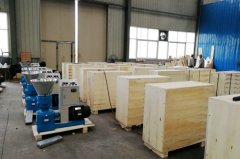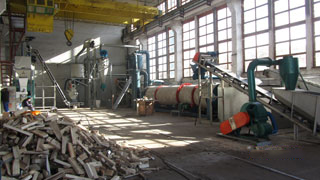Biomass
This article is about biomass as a renewable energy source. For the use of the term in ecology, see.
Biomass is biological material from living, or recently living organisms, such as wood, waste, (hydrogen) gas, and alcohol fuels. Biomass is commonly plant matter grown to generate or produce heat. In this sense, can also be included, as plants can also generate electricity while still alive. The most conventional way on how biomass is used however, still relies on direct incineration. Forest residues for example (such as dead trees, branches ), yard clippings, wood chips and garbage are often used for this. However, biomass also includes plant or animal matter used for production of fibers. Biomass may also include biodegradable wastes that can be burnt as fuel. It excludes organic materials such as fossil fuels which have been transformed by geological processes into substances such as coal or petroleum.
Industrial biomass can be grown from numerous types of plants, including miscanthus, switchgrass, hemp, corn, poplar, willow, sorghum, sugarcane, and a variety of species, ranging from eucalyptus to oil palm (palm oil). The particular plant used is usually not important to the end products, but it does affect the processing of the raw material.
Although have their origin in ancient biomass, they are not considered biomass by the generally accepted definition because they contain carbon that has been "out" of the carbon cycle for a very long time. Their combustion therefore disturbs the carbon dioxide content in the atmosphere.




